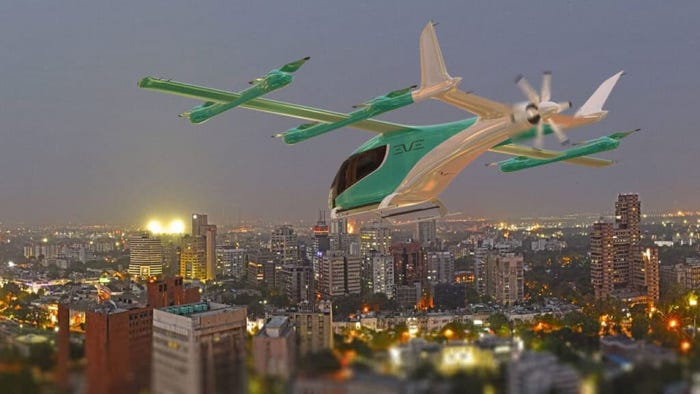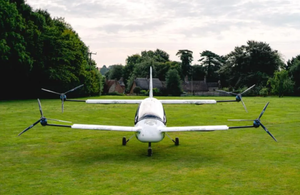Self-Driving Smart Expressway Opens in ChinaSelf-Driving Smart Expressway Opens in China
The highway includes a 4-mile stretch for testing fully autonomous vehicles

China has opened its first “intelligent” expressway designed specifically for fully autonomous driving.
The two-way expressway is based near Suzhou, a city of around 12 million people to the west of Shanghai, in Jiangsu province and is already being used for testing operations.
The groundbreaking road has essentially seen upgrades applied to two traditional expressways that link Suzhou with the city of Taizhou (expressway S17), and Shanghai with another city, Yixing (expressway S48).
These upgrades were introduced over three months beginning at the start of July and saw no less than 270 sets of sensing devices installed at more than 50 different locations. These included laser radars, millimeter-wave radars, cameras and antennas.
Although the expressway itself extends to 35 miles the most interesting section is a stretch of 4 miles where testing of Level 4 autonomous vehicles (AVs) is possible.
Level 4 is defined by the Society of Automotive Engineers as when a vehicle is in control of the driving. As yet, there are no Level 4 production cars on sale anywhere in the world, although the driverless taxis that are now operating in cities such as Beijing and San Francisco are considered L4.
The testing being carried out on this section of the expressway is being used for a variety of purposes, including monitoring L4 vehicles to provide real-life data for automakers, algorithm developers and equipment manufacturers.
In addition, it is also being used to devise a range of services that will be offered to the authorities who will operate and supervise intelligent expressways in the future, allowing different models to be tested.
Already, local media have reported that a self-driving truck was successfully tested on this section of the expressway and was capable of recognizing several different driving behaviors and scenarios, including slow-moving vehicles, fast-moving vehicles, obstacles, construction work and more.
The test also included merging at on-ramps, lane keeping, autonomous lane changing and overtaking.
Ultimately, it is hoped that the new expressway test section may pave the way for dedicated lanes for AVs in the future.
Like what you've read? For more stories like this on autonomous transportation and emerging technologies, sign up for our free daily email newsletter to stay updated!
Read more about:
AsiaAbout the Author
You May Also Like








